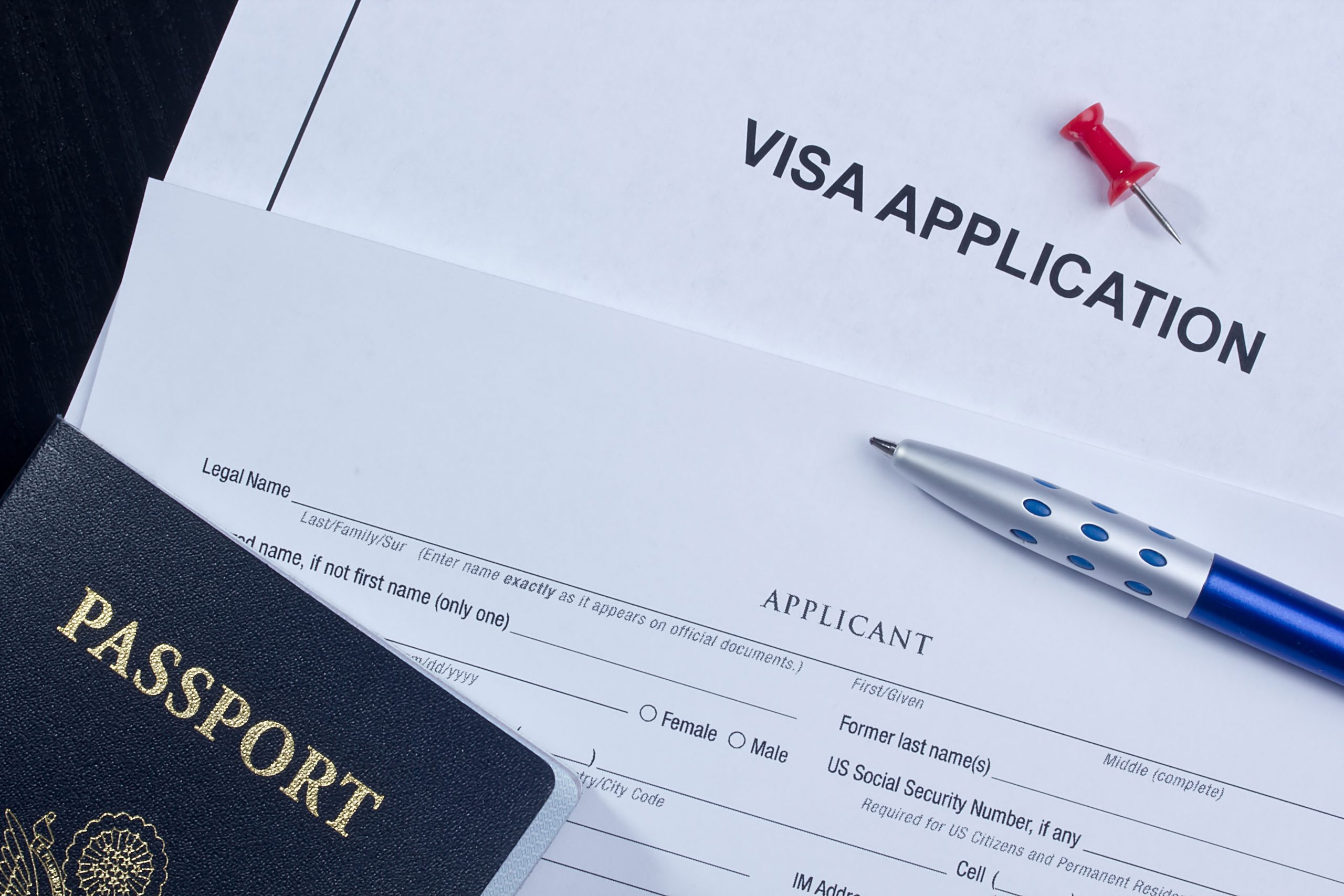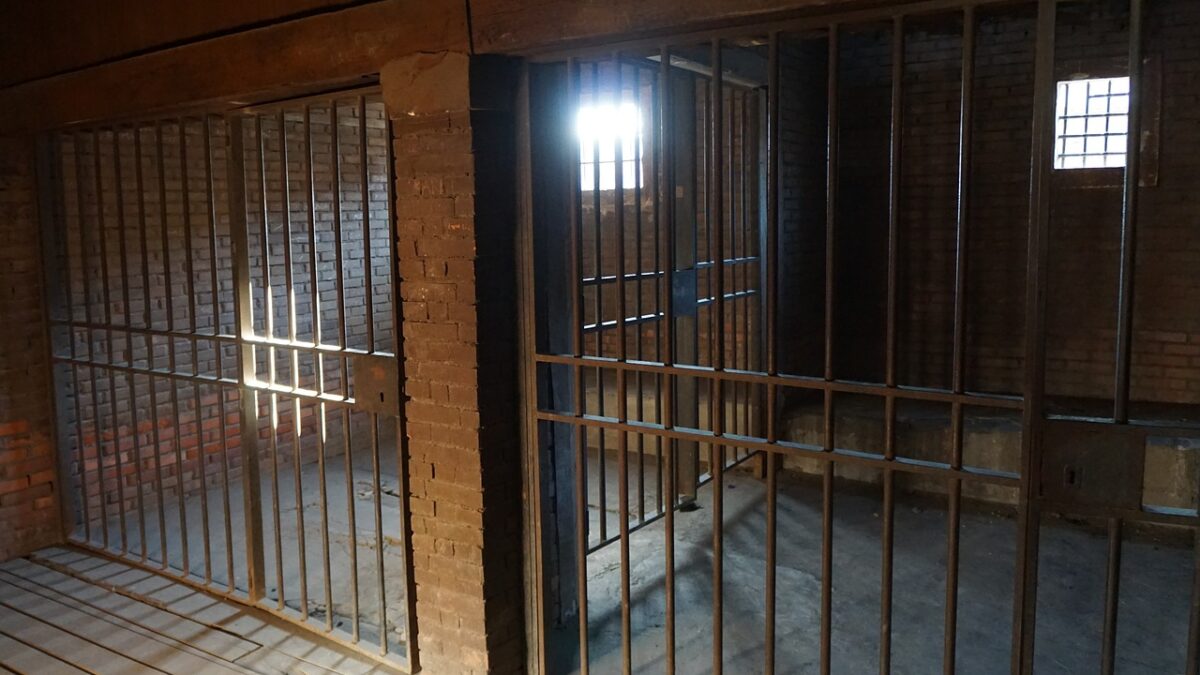
Graduate Visas: What’s the Big Deal?
June 14, 2024
The Future Lawyer Weekly Briefing – W/C 17th June 2024
June 16, 2024When a friend or family member faces incarceration, it brings difficult emotional challenges. Maintaining supportive communication helps both inmates and relatives cope with this complexity despite restrictive barriers limiting visitations or calls.
By better grasping California’s inmate classification systems across federal, state, and county facilities, visitors can more easily connect locating processes with direct channels like phone privileges, mail correspondence, and occasional in-person visit approvals.
Understanding key distinctions around maximum versus minimum security designations further clarifies degrees of access permitted based on personalized custody status.
Classifying Inmate Facility Systems
Prison infrastructure across California funnels detainees into various facility categories based on criminal case factors and convicted sentencing terms guiding appropriate placement:
Federal Prisons
These facilities managed by the Federal Bureau of Prisons (FBOP) house inmates sentenced for committing felonies violating national rather than state or local laws after case conclusions are delivered through the U.S. District Court system.
State Prisons
Alternatively, state correctional facilities overseen by California’s Department of Corrections and Rehabilitation (CDCR) detain convicts serving over 12-month sentences for non-capital criminal offenses breaking state laws as opposed to national ones following Superior Court rulings.
County Jails
Comparatively, regional county jails operated by local city sheriff departments generally contain three classes – defendants awaiting trial who can’t post bail, convicts serving short-term misdemeanor sentences of less than 1 year, and felons temporarily held before prison transfers. Time spent depends on verdicts.
Inmate Locator Tools and Services
When trying to determine where justice systems geographically place incarcerated individuals, several inmate locator databases provide public records access offering details like housing arrangements and narrowing search parameters:
State-Level Prison Inmate Locators
For locating prisoners sentenced to longer confinements across California’s 35 state prisons, the California Department of Corrections and Rehabilitation (CDCR) maintains a free public online lookup displaying confirmed matches including mugshots, identified aliases plus locations.
Federal Inmate Locators
Alternatively, anyone can easily access the Federal Bureau of Prisons comprehensive inmate locator containing current whereabouts across all government correctional institutions nationwide using an integrated query database searchable by prisoner register number or complete legal name.
County Jail Inmate Locators
Because county jail facilities fall under localized sheriff department oversight, individual locator tools get implemented varying by region. Bigger metro areas like Los Angeles and San Diego Counties provide portals supplying inmate roster lookups. Smaller ones may rely on generic third-party inmate search engines scraping patched public data instead.
Private Background Check Locator Services
For follicle family members lacking specifics beyond relative disappearance into nebulous justice system clutches, commercial prison lookup services like Vinelink tap wider networked databases tracking bookings and releases on a 24/7 basis for nominal subscription fees assisting worried kin unable to afford private investigators.
Victim Notification Services
Concurrently, some states integrate automated victim information and notification systems like VINE providing custody status updates and impending release alerts directly to registered victims ensuring fearful relatives stay informed about the convict’s whereabouts. This eases safety precautions.
How to Run an Inmate Search Successfully
Undergoing an inmate locator website search proves relatively straightforward by following user-friendly query processes:
Visit the Chosen Inmate Locator Site
Each locator portal offers a designated .gov or .com website via a preferred search engine or bookmarked access convenience.
Identify Applicable Inmate Roster
Public roster tools contain toggles for filtering state prisoners, federal convicts, county jail listings, and inmate anomalies like escapees, sex offenders, or upcoming releases. Choose appropriately.
Input Search Parameters
Common inmate matching criteria fields include legal first, middle, and last names, identified aliases, birthdates, corrections system identification numbers, booking dates, or state and county jurisdictions. Enter everything known to maximize accuracy.
Review and Select Matching Profile
Search results listing multiple closest matches will display thumbnail mugshots alongside naming conventions allowing visitors to identify the correct incarcerated individual if unsure of inconsistently reported intake details like aliases, dates, or ID digits.
Double Check Key Data Points
Ensure the chosen profile contains expected case factors like complete legal name, birth specifics, detainment location plus booking/release cycles matching assumed timelines before contacting facilities directly.
Connecting With Inmates Via Mail
Sending postal letters offers a traditional way for outside visitors and incarcerated recipients to exchange censored correspondence:
Secure Mailing Address
Locator details display mailing addresses listing the inmate’s name plus state or federal corrections department specifics needed for successful envelope delivery.
Include the Inmate’s Name and ID Number
Printing the recipient’s first and last names inline atop envelopes ensures accurate delivery. Below that, add their department identification numbers found on inmate locator profiles.
Follow Facility Mailing Guidelines
Facility rules prohibit restricted content deemed dangerous like cash, cardboard, stamps, or glued inserts, detailed criminal evidence, codes, or inappropriate imagery. Review regulations to avoid confiscations.
Mail Completed Letters
Double-check name spellings and listed facility addresses before sealing completed letters bearing standard postage stamp uploads then posting through United States Postal Service channels as normal for delivery to institution mailrooms facilitating inmate transfers.
Placing Authorized Phone Calls
Where administrations permit, installing trust fund accounts and then registering home numbers grants dial-up privileges:
Set Up a Phone Account
Start by contacting facilities to establish individual trust fund accounts requiring minimum balances that get debited incrementally based on call charges averaging $2 per 15-minute conversation. Family, friends, or charities can contribute funds and gifts easing financial barriers impeding communications.
Get a Phone Number Authorized
Next, submit home landline or mobile numbers on approved contact lists allowing said inmate attaining access to initiate scheduled call appointments barring any blocking restrictions mandated through legal protective orders or pending case witness tampering prohibitions temporarily enforced.
Await Calls During Availability Windows
Finally, expect calls from correctional facility-originated numbers during allotted call time windows confirmed through the scheduling process or whenever cell blocks get rotated through phone room availability queues by guards. Flexibility around delays proves prudent.
Arranging a Visit in Person
Where lenient security classifications and clean behavioral records permit, occasional visitor approvals open precious opportunities:
Research Facility Visitation Policies
The review stated guidelines detailing necessary clearances, dress code, identification requirements, and allowable items permitted during in-person visitations to maximize courteous compliance and entry-granting odds.
Submit Visitor Application Documents
Adhere to protocols like background checks while filing visitation entry forms authorized by relationship status rules weeks in advance for warden offices or appointed committees determining visitation rights and frequencies to then schedule confirmed calendars and durations.
Prepare for Security Screenings
Aligned with TSA regulations, arrive early allowing enough time for checkpoint queuing and rigorous contraband screening procedures governing authorized personal property past security gates. Follow all instructions. Display cooperation.
Make Best Use of Granted Time Windows
Whether constrained by tables or phones with glass partitions, make each precious moment enhancing positivity count through supportive words or affectionate gestures affirming unbreakable kinship exceeding unideal surroundings.
Expert Tips for Smoother Communications
Veterans of the inmate communications process recommend these tips on how to contact an inmate in California keeping perspective preserving dynamics:
Expect Intermittent obstacles
From scheduling snafus, financial shortfalls, technical glitches, or protocol changes, anticipate inevitable hiccups throughout navigating restrictive systems. Refocus frustration into solution-building perseverance.
Respect Facility Guidelines
However seemingly unreasonable visiting clothing nitpicking or letter content censoring feels, choosing battles strategically gives wardens zero justification for tightening liberties further. Swallow indignation for the greater good.
Emphasize the Positive
Dwelling on negativity sinks morale during a challenging season all now share a temporary stake in surviving. Whether via mail or in-person talks, redirect dialogues uplifting towards hope, humor, or nostalgic memories easing burdens through inner lightness.
Convey Support Concisely
Under understanding calls and envelopes bearing precious words face monitoring or time limits, ensure expressions of encouragement and normalcy connect efficiently when opportunities briefly open. Leave no doubt about commitment.
Conclusion
Despite restrictive barriers intentionally designed to isolate inmates from outside contacts, perseverant relatives accessing the right locator tools and following protocol guidelines can still maintain meaningful connections through letters, calls, and cherished visitations. With compassion and patience, communication channels transmit care, lifting spirits until the difficult period passes, culminating in hopeful homecoming celebrations.




